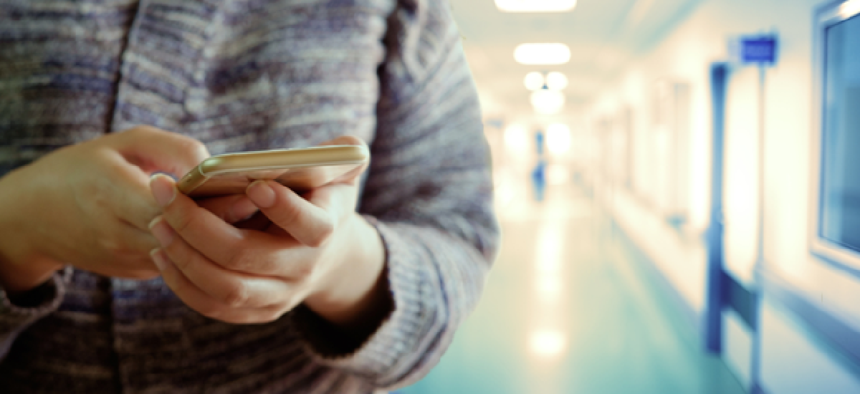VA seeks indoor navigation app

The Department of Veterans Affairs is looking for an app that can provide veterans, visitors and staff with turn-by-turn indoor and outdoor map navigation at its medical facilities.
The Department of Veterans Affairs is looking for an app that can provide veterans, visitors and staff with turn-by-turn navigation, both indoors and out, at its medical facilities.
The goal of the MyVA Way app is to offer 24/7 navigational assistance to the different floors, buildings and outpatient clinics associated with VA Medical Centers. According to a request for information, the VA expects such an app would not only decrease confusion in areas that are difficult to locate but also reduce the load on front-desk staff.
The application, which must operate without an internet connection on both iOS and Android devices, would quickly locate the desired location and provide routes based on the user’s current location. Bluetooth beacons would be strategically placed throughout the campus to determine the user’s precise location. Besides providing directions to doctor’s offices and testing facilities, the application would also include building entrance/exits, restrooms, cafes, gift shop, pharmacy, chapel, library, elevators and stairwells.
The MyVA Way mobile app must also be searchable so users can query a specific service or clinic and get not just directions but also general information, such as phone numbers, hours of operation, emergency contact numbers, manager and patient advocate.
The solution must meet Section 508 accessibility standards and employ large-sized fonts and text boxes so that visually impaired patients or visitors can use the application on their smartphones and tablets.
According to the RFI, the contractor would provide hardware beacons, software development, system testing, backend server hosting (if applicable) and software maintenance services.
Bluetooth beacons are increasingly used for indoor navigation. Airports have installed beacons that address travelers needs based on where they are in the airport, and the University of Oklahoma library’s NavApp uses Aruba beacons to power indoor navigation, proximity-aware push notifications and other location-based mobile engagement services.
Columbus, Ga., meanwhile, has plans to become the first iBeacon city. Piper Networks invested more than $10,000 to blanket the city with its own technology, rather than compete with various beacon apps and protocols already in use in larger cities. The accompanying app gives residents proximity messages wherever they go.
The Department of Homeland Security’s Science and Technology Directorate worked with TRX Systems on a Firefighter Accountability and Proximity system uses beacons that send alerts when a firefighter is down, pinpointing the location by measuring the relative distance and elevation between beacons.
And the National Institute of Standards and Technology recently made it easier for indoor navigation app developers by collecting and making available timestamped and surveyed data from four smartphone models that were walked through different buildings. By using the data generated from smartphone sensor readings, radio frequency signal strengths and GPS fixes, NIST hopes developers can build indoor navigation apps that can be validated against fixed locations.
Initial work on MyVA Way was funded by a Spark grant from the VA Innovators Network, a program that helps VA employees test new ideas and join forces with stakeholders across the Veteran community to improve the way VA serves veterans.
The MyVA Way app prototype will be tested at the Raymond G. Murphy Veterans Affairs Medical Center in Albuquerque, N.M. More information on the RFI is available here.






